Introduction: The Art of Making Mutton Soup
Mutton soup, a culinary delight enjoyed across various cultures and regions, offers a rich, hearty flavor that warms the soul and nourishes the body. Whether you’re preparing it for a cozy family dinner or a festive gathering, the key to crafting a memorable mutton soup lies in selecting the right ingredients and understanding the cooking process. This article delves into the essentials of making mutton soup, highlighting the must-have ingredients, their roles, and some tips to elevate your soup-making skills.
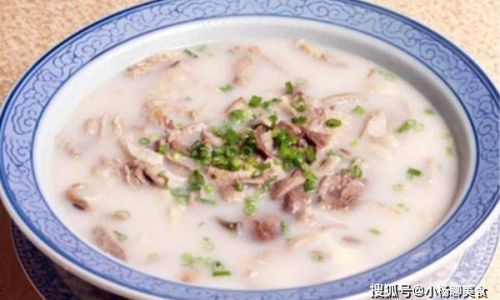
The Star Ingredient: Mutton
At the heart of any mutton soup lies, of course, the mutton itself. Mutton, derived from adult sheep, boasts a robust, earthy flavor that becomes even more pronounced when slow-cooked. When choosing mutton for your soup, opt for cuts like the shank, shoulder, or breast, as these areas contain more collagen and connective tissue, which break down during cooking to create a rich, gelatinous broth.
Ensure your mutton is fresh, preferably sourced from a reputable butcher or farm. Frozen mutton can also be used, but thaw it properly before cooking to maintain the texture and flavor.
Essential Ingredients for a Flavorful Broth
-
Onions and Garlic
Onions and garlic form the backbone of most savory dishes, and mutton soup is no exception. Finely chopped onions sautéed until translucent release their natural sugars, adding sweetness and depth to the broth. Garlic, minced or crushed, brings a subtle pungency that balances the mutton’s richness. -
Carrots and Celery
Known as a mirepoix in culinary terms, carrots and celery add both sweetness and aroma to the soup. These vegetables should be finely diced to ensure they cook evenly and blend seamlessly into the broth. Carrots contribute a natural sweetness, while celery offers a crisp, fresh flavor that enhances the overall taste profile. -
Tomatoes or Tomato Paste
Incorporating tomatoes or tomato paste introduces a tangy, acidic element that helps break down the mutton’s fats and collagen, resulting in a clearer, more flavorful broth. Tomato paste, in particular, is concentrated and adds a robust umami flavor, making it an excellent choice for deepening the soup’s complexity.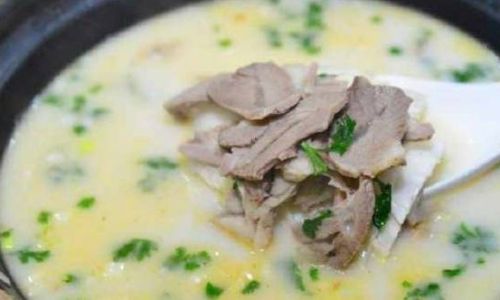
-
Potatoes or Turnips
For a hearty, filling soup, potatoes or turnips are excellent choices. These starchy vegetables absorb the flavors of the broth while adding a creamy texture. Potatoes provide a mild, earthy sweetness, while turnips offer a slightly nutty, slightly bitter flavor that contrasts beautifully with the mutton. -
Leafy Greens
Adding leafy greens like spinach, kale, or collard greens towards the end of cooking enriches the soup with essential vitamins and minerals. These greens wilt quickly, preserving their vibrant color and fresh flavor. They also add a nutritional boost, making the soup more than just a comfort food but a nourishing meal. -
Herbs and Spices
The right herbs and spices can transform a good mutton soup into a great one. Fresh parsley and thyme provide a fresh, aromatic finish, while bay leaves and black peppercorns add depth and warmth. For a hint of exoticism, consider adding a pinch of cumin, coriander, or paprika. These spices not only enhance the flavor but also aid in digestion, making the soup even more enjoyable.
Optional Ingredients for Added Complexity
-
Beans or Lentils
For added protein and fiber, consider incorporating beans or lentils. Red kidney beans, chickpeas, or green lentils are all excellent choices. They require longer cooking times, so add them earlier in the process to ensure they soften properly. Beans and lentils also introduce additional textures and flavors, making the soup more satisfying. -
Barley or Rice
Grains like barley or rice add bulk and a nutty flavor to the soup. Pearl barley, in particular, holds its shape well and absorbs flavors beautifully. Rice, especially brown rice, adds a nutritious twist, providing essential nutrients like fiber and B vitamins.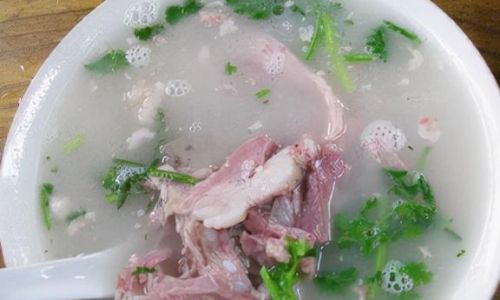
-
Root Vegetables
Root vegetables such as parsnips, rutabagas, or carrots (if not already included in the mirepoix) can be added for additional sweetness and texture. These vegetables are hearty and stand up well to long cooking times, making them ideal for slow-cooked soups. -
Dairy Products
For a richer, creamier texture, consider adding a splash of cream or a handful of grated cheese towards the end of cooking. Goat cheese or feta can add a tangy, tangy note, while heavy cream provides a luxurious finish. Be mindful of the cooking time, as dairy can curdle if added too early or cooked too vigorously. -
Citrus Zest or Juice
A surprising but delightful addition is a bit of citrus zest or juice. The acidity of lemon, lime, or orange zest brightens the flavors and helps cut through the richness of the mutton and fats. It also aids in digestion, making the soup more enjoyable for all palates.
Cooking Techniques for the Perfect Broth
-
Sear the Mutton
Before adding the mutton to the soup pot, sear it in a hot pan with a bit of oil until browned on all sides. This not only locks in juices but also adds another layer of flavor to the broth. The caramelized bits left in the pan can be deglazed with a bit of broth or wine, adding even more depth. -
Low and Slow
Mutton soup is best cooked low and slow. This allows the fats and collagen to render, creating a rich, gelatinous broth. Use a heavy-bottomed pot with a tight-fitting lid to retain heat and moisture. Simmer the soup gently for several hours, preferably on the stovetop or in a slow cooker.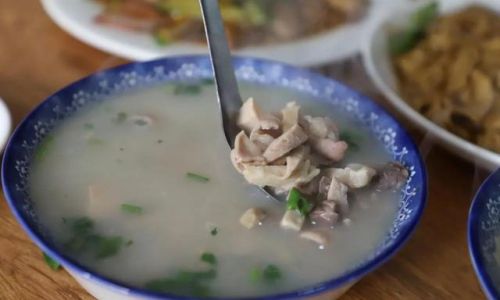
-
Skimming the Fat
Periodically skim the surface of the soup to remove any excess fat. This not only keeps the soup looking clean but also prevents it from becoming too greasy. Use a ladle or a fat separator for this task. -
Taste and Adjust
As the soup cooks, taste it frequently and adjust the seasoning as needed. Add salt and pepper to taste, and consider adding more herbs or spices if the flavor seems lacking. Remember, the flavors will continue to develop as the soup cooks, so be mindful of not over-seasoning initially. -
Finish with Freshness
Before serving, finish the soup with a handful of freshly chopped herbs like parsley, chives, or dill. This adds a burst of freshness that contrasts beautifully with the rich, cooked flavors of the soup.
Serving Suggestions
Serve your mutton soup in hearty bowls, garnished with freshly chopped herbs and a squeeze of lemon juice. Pair it with crusty bread for sopping up the delicious broth or a side salad for a lighter, more balanced meal. For an added touch of luxury, drizzle a bit of olive oil or a dollop of sour cream over the top.
In conclusion, making a delicious mutton soup is a labor of love that rewards the cook with a hearty, flavorful dish. By carefully selecting your ingredients, understanding the cooking process, and adding a few personal touches, you can create a soup that warms the body and soul, satisfying both the palate and the spirit. Happy cooking!
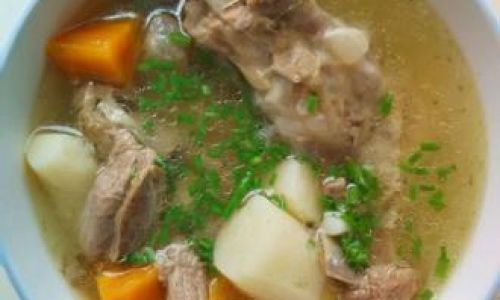


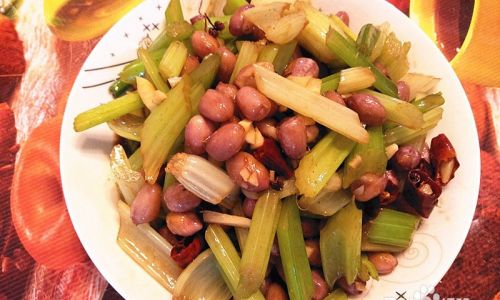


0 comments